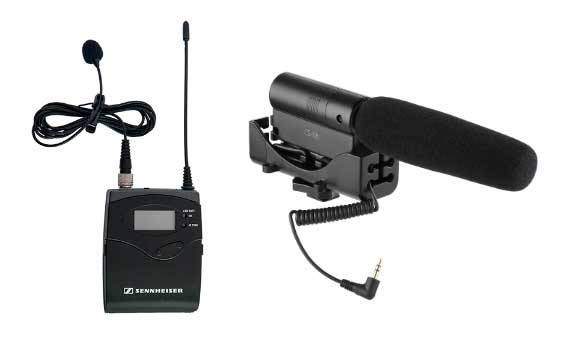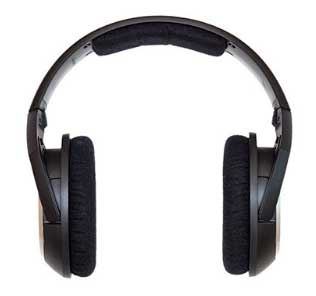AUDIO
The importance of good, clean sound is often overlooked. But in reality, viewers are more tolerant of an image that’s slightly noisy or out of focus, than they are of poorly captured audio.
Always use an external microphone when recording sound. Regardless of how fancy your camera is, its built-in mic is simply not up to the task of recording acceptable audio quality.

A lavalier or lapel mic is usually the best option for recording speech. These mics do a great job of cancelling out any background noise. A shotgun mic is another good option.
After you mic up your talent, have them practice their lines a few times as you adjust your audio settings.

Set your levels so that they remain somewhere between -12dB and -6dB (the bar on the right). Audio much lower than about -18dB will be too quiet, and anything above +6dB will start to create distortion and clipping. You want to leave yourself a buffer zone to avoid this.

Keeping an eye on the levels is crucial, but so is keeping an ear on them. Always use headphones to monitor the sound. This will let you know if the talent’s clothing is brushing up against the mic, or if a nearby air conditioner is causing a distracting hum. Not using headphones while recording sound is like not looking at your viewfinder/ screen while shooting.
Always try to find the quietest setting when recording sound. Clap your hands to determine if the room has an echo. Ensure that nearby equipment does not cause background noise, and politely ask people in the surrounding area to remain quiet while you’re recording.
